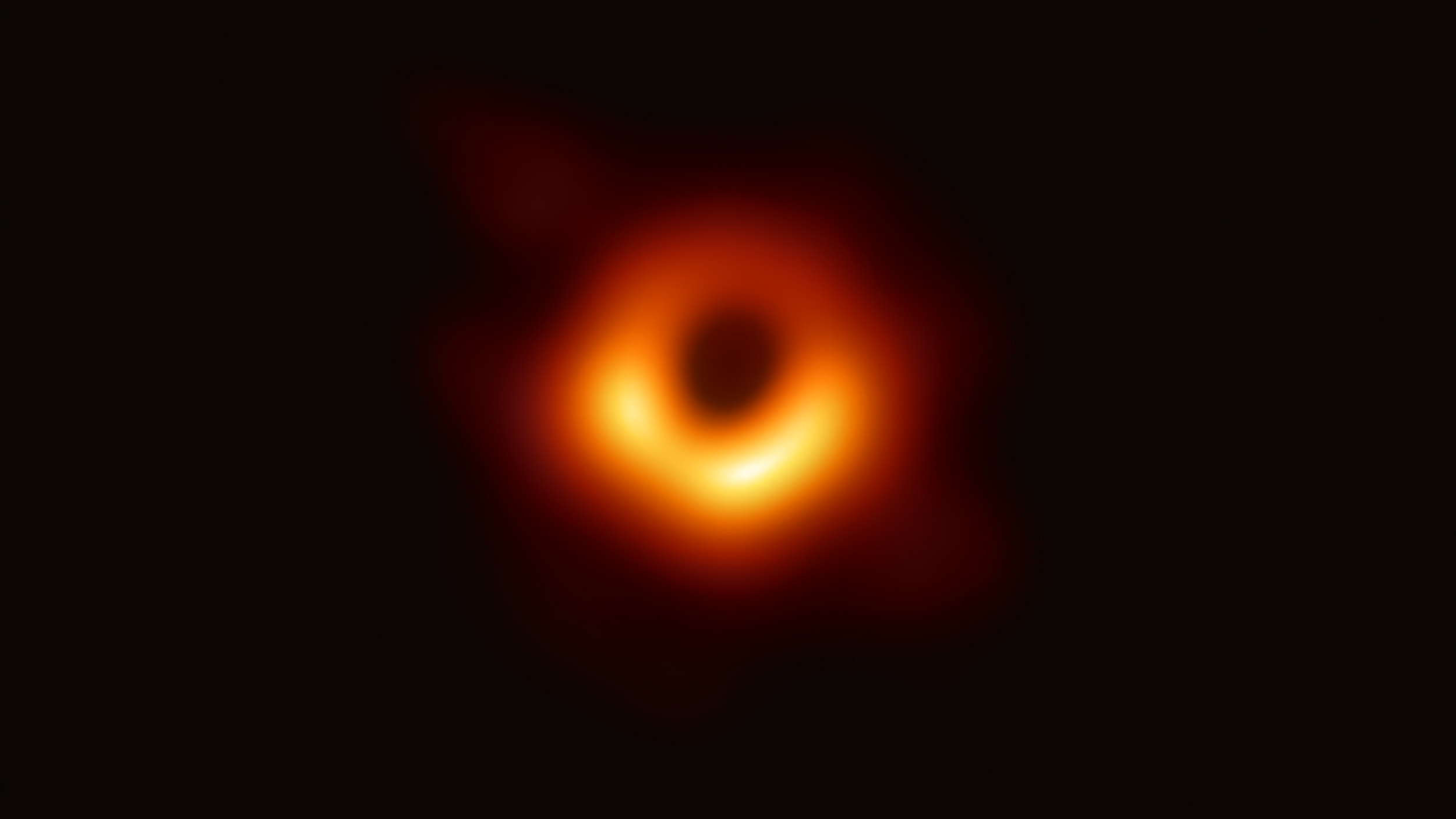Red Letter Days In Science

Black holes are notoriously hard to find without use of X-rays and radio telescopes, and taking a normal photograph is almost completely impossible. Each night the 6 different Radio Telescope arays composited together images of the the center of the “near by” (read 55-million light years away) galaxy M87.

So how did they do it?
According to Science News
“In order to braid together the observations from each observatory, researchers need to record times for their data with exquisite precision. For that, they use hydrogen maser atomic clocks, which lose about one second every 100 million years.
‘There are a lot of data to time stamp. “In our last experiment, we recorded data at a rate of 64 gigabits per second, which is about 1,000 times [faster than] your home internet connection,” Bower says. The data was then collected onto hard disks and trucked to MIT for analysis.
These data are then transferred to MIT Haystack Observatory and the Max Planck Institute for Radio Astronomy in Bonn, Germany, for processing in a special kind of supercomputer called a correlator. But each telescope station amasses hundreds of terabytes of information during a single observing campaign — far too much to send over the internet. So the researchers use the next best option: snail mail. So far, there have been no major shipping mishaps, but Bower admits that mailing the disks is always a little nerve-wracking.
Though most of the EHT data reached Haystack and Max Planck within weeks of the 2017 observing campaign, there were no flights from South Pole until November. ‘We didn’t get the data back from the South Pole until mid-December,’ says Fish, the MIT Haystack astronomer.'”
Personally I am impressed by this image. For the first time we are staring at the center of a blck hole. Who knows what we will discover by observing an entity in the universe that is 6.5-billion times the mass of our sun.
]]>